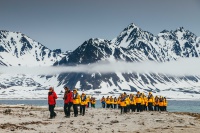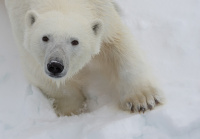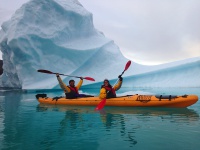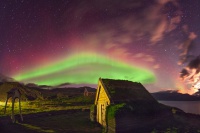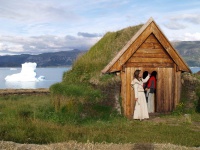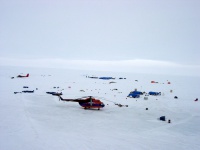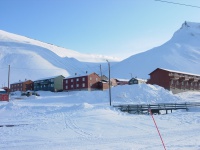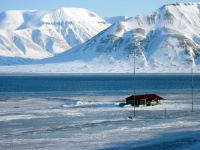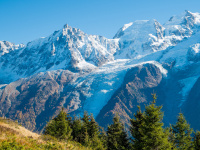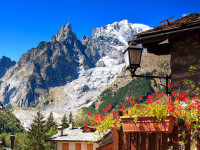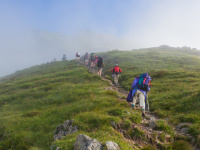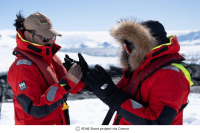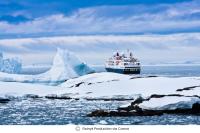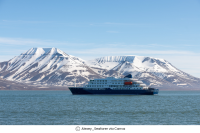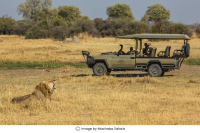-
Polar Bear Migration from East to West, And Svalbard’s Role in It
Seals dread them, walruses flee from them, and even beluga whales want to avoid them. The polar bear is one of the most elusive creatures on the planet and one of the hardest animals to spot in their natural habitat. There is one region where they assemble every summer while on their migration path: The Svalbard archipelago near Norway.

Svalbard, with its snow-cloaked fjords and vast expanses of tundra, is a crucial waypoint in the bears' trek from the eastern reaches of the Arctic to the western fringes. This remote region is a transient haven for these majestic creatures.
The icy landscapes host this annual odyssey, and if you are fortunate enough to be at the right time and place you might just be able to catch a glimpse of them, particularly in northern Spitsbergen, the largest island in the Svalbard island group.
Before you pack up your Arctic gear and head out for some bear-watching, it might be a smart idea to understand why these majestic creatures migrate:
1. Platform to hunt seals:
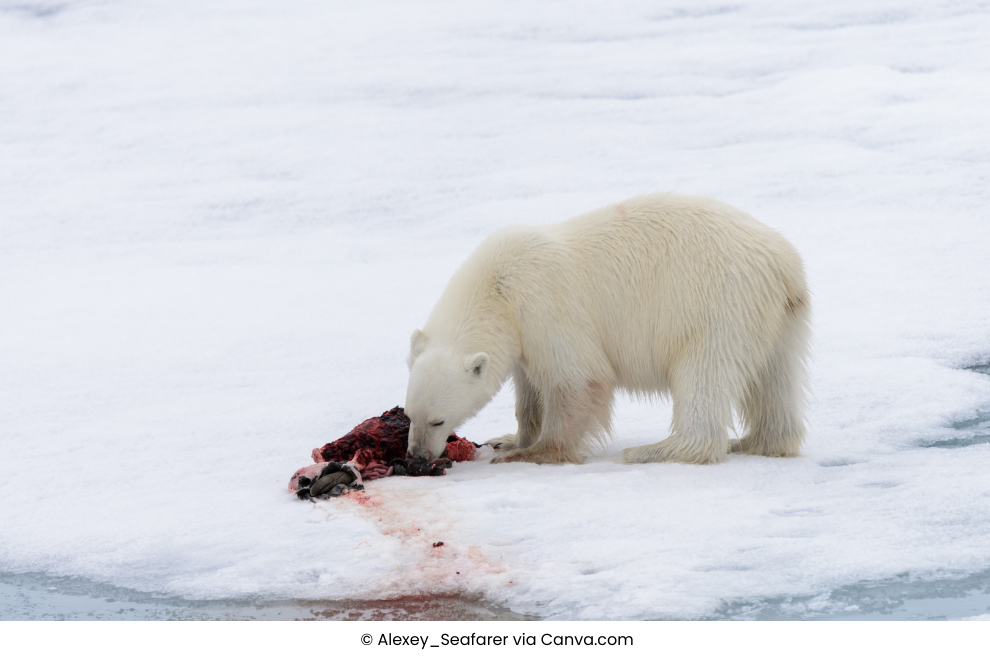
Driven by the seasonal ebb and flow of freezing and melting ice, these majestic creatures cover vast distances in search of their primary prey—seals. During winter, when the ice extends, polar bears venture onto its frozen surface, utilising it as a platform to hunt seals.
2. Seasonal change:
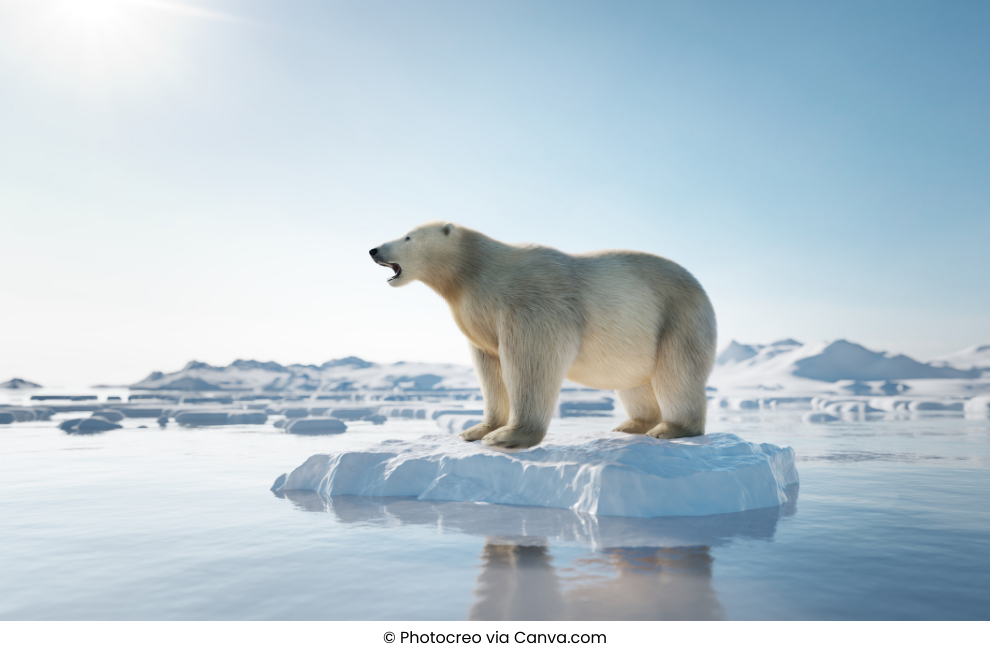
As spring heralds the onset of ice melt, these bears may migrate back toward the coast or onto land, facing periods of fasting until the freezing conditions return and the availability of seals. Climate change-induced alterations in sea ice dynamics profoundly impact their migration patterns, posing significant challenges to the iconic polar bear's way of life.
3. Sea movement:

They do so to navigate the shifting expanse of Arctic sea ice, which is essential for their survival. Polar bears are known to move across large distances in response to the availability of primary prey. While cardinal directions like east to west do not strictly define polar bear movements, they exhibit a following sea ice movement pattern. During the Arctic winter, when sea ice forms, polar bears tend to move outward from the coast onto the sea ice. The direction of this movement can vary.
4. Climate change:
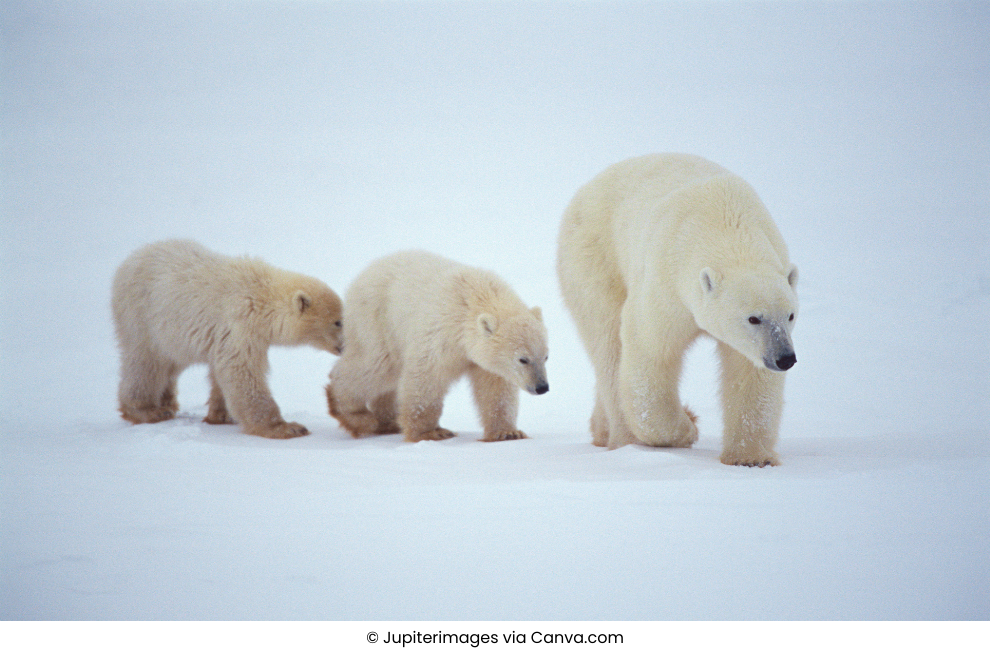
Beyond survival hunting, climate change and the reduction of sea ice impact polar bear habitats. The ice extent and thickness decline forces bears to travel greater distances, impacting their energy balance and survival.
Now, Svalbard is not your typical "hotbed" for epic migration. You won’t see millions of wildebeest like you would in the Masai Mara. But there are some unique migration patterns and behaviours that you shouldn’t miss here.
Here’s an overview of their migration patterns:
1. Bird Migration:
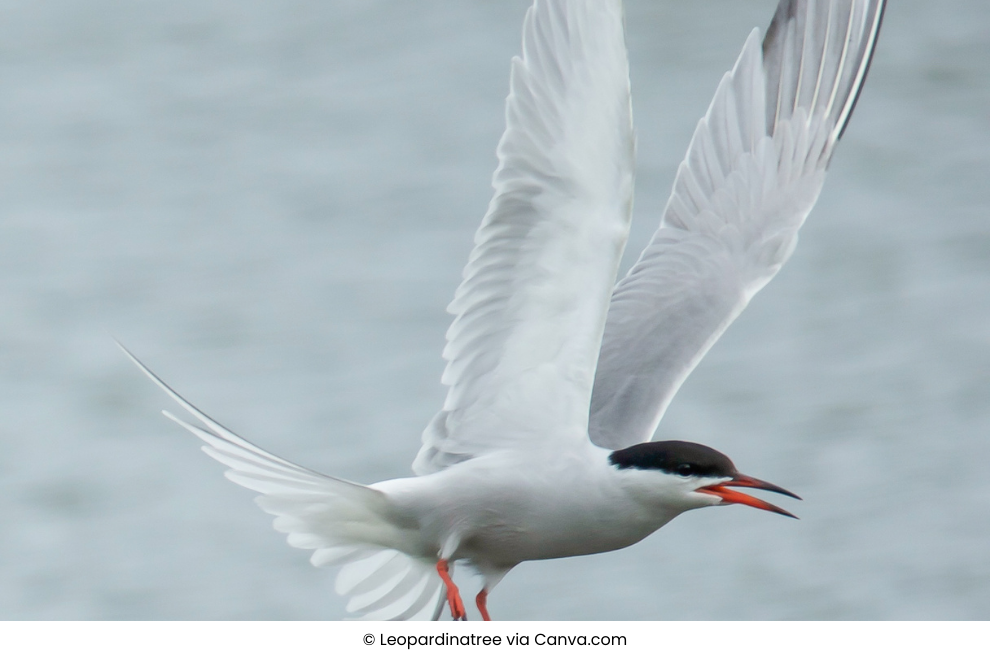
Svalbard is an important breeding ground for various bird species, including Arctic terns and ivory gulls. These birds migrate long distances to reach Svalbard during summer to breed and raise their young.
2. Marine Mammal Migration:
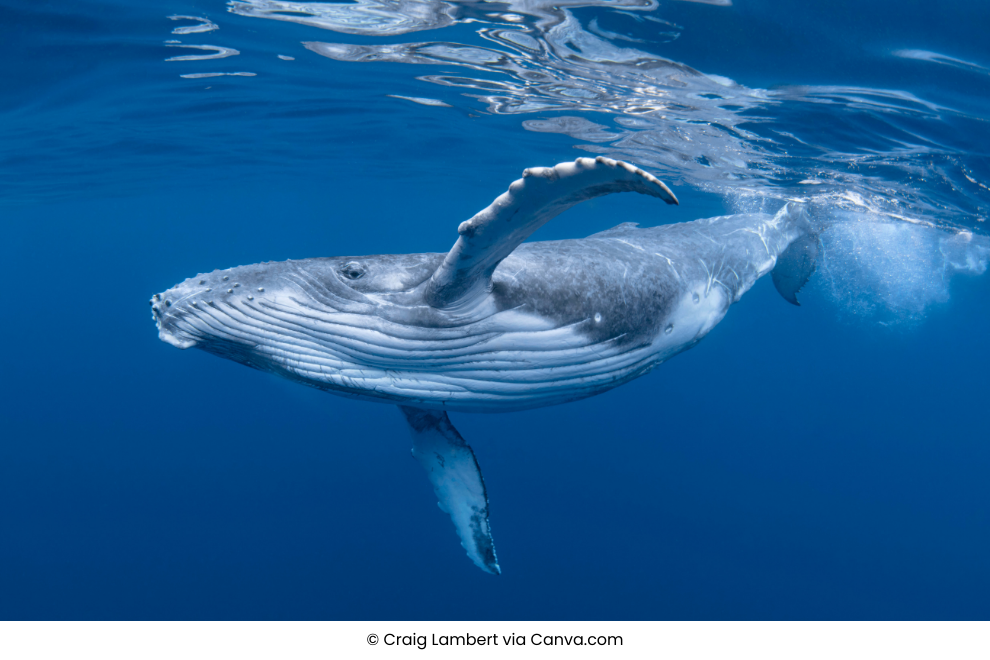
Various marine mammals, such as whales and seals, can be found around Svalbard. Some of these species may migrate seasonally for food or as part of their breeding cycles.
3. Human Migration:
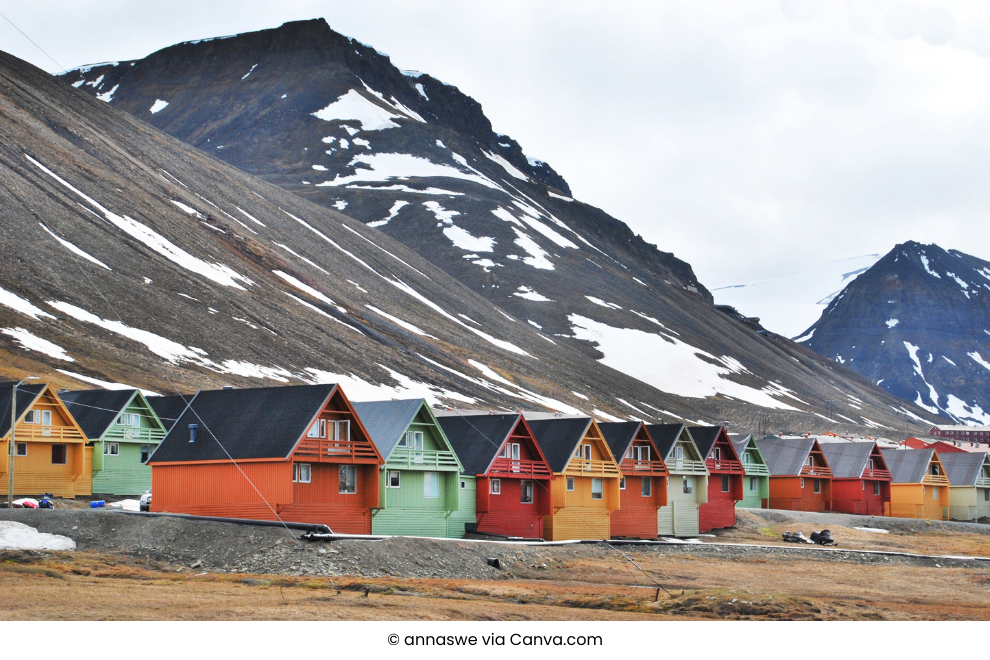
While not "epic" in the same sense as the migrations of wildlife, Svalbard has a seasonal influx of researchers, tourists, and temporary residents during the summer months. People come to study the unique Arctic environment, experience the midnight sun, and explore the archipelago's rugged landscapes.
If you’re travelling to Svalbard, do it like an eco champ! Considering responsible tourism on an individual level while planning a trip to a place like Svalbard is crucial for preserving its delicate Arctic ecosystem.
Here are 6 effortless ways in which you can travel mindfully:
1. Follow guidelines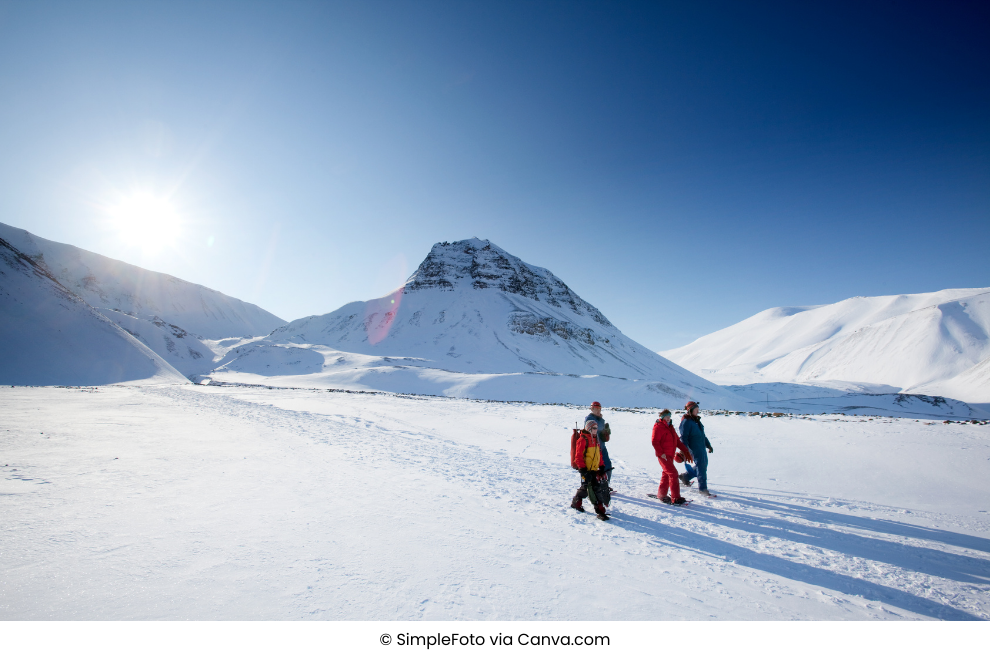
Set by the authorities at every step, including staying within designated areas, refraining from disturbing wildlife, and not leaving any waste behind.
2. As a traveller you must dress appropriately
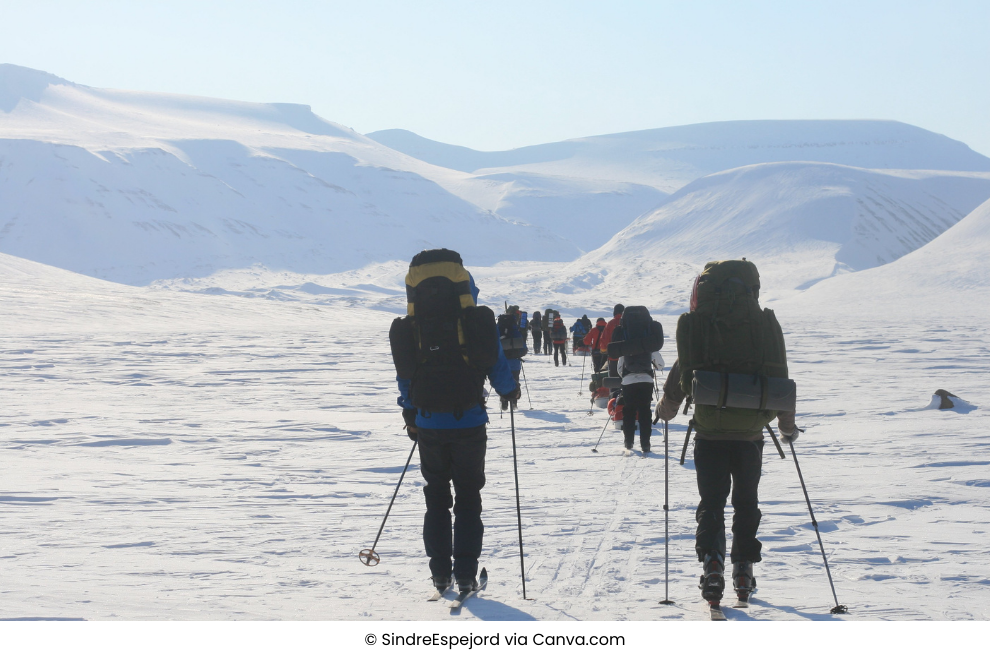
For the extreme weather conditions and adhere to safety protocols, as the Arctic environment can be unpredictable.
3. Admire wildlife from a distance
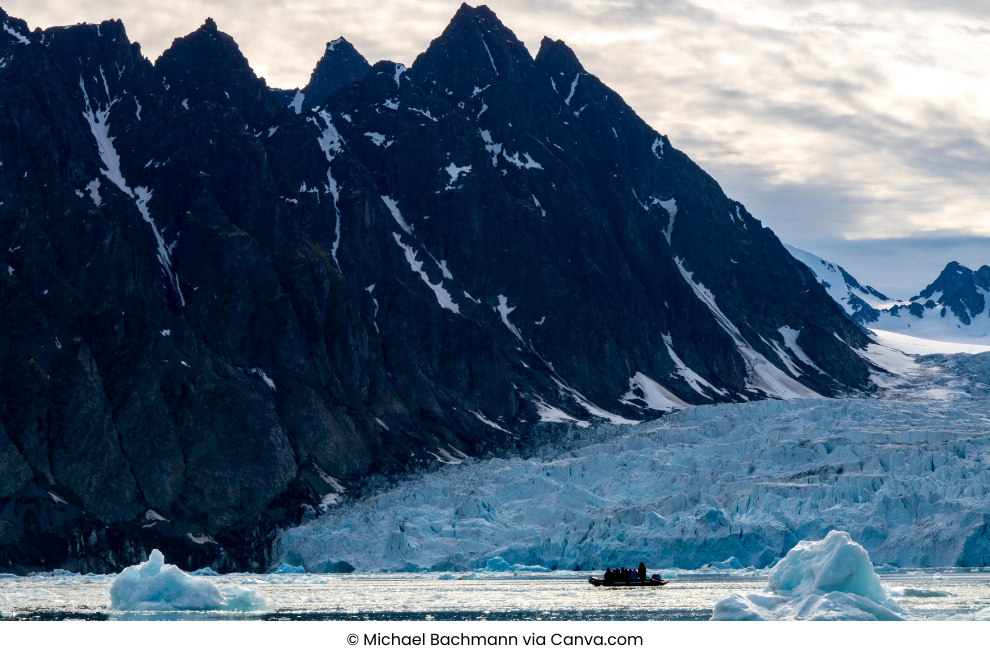
And never disrupt their natural behaviour. Respect designated boundaries and follow guidelines for observing animals, ensuring minimal impact on their habitats.
4. Engage respectfully with the local community
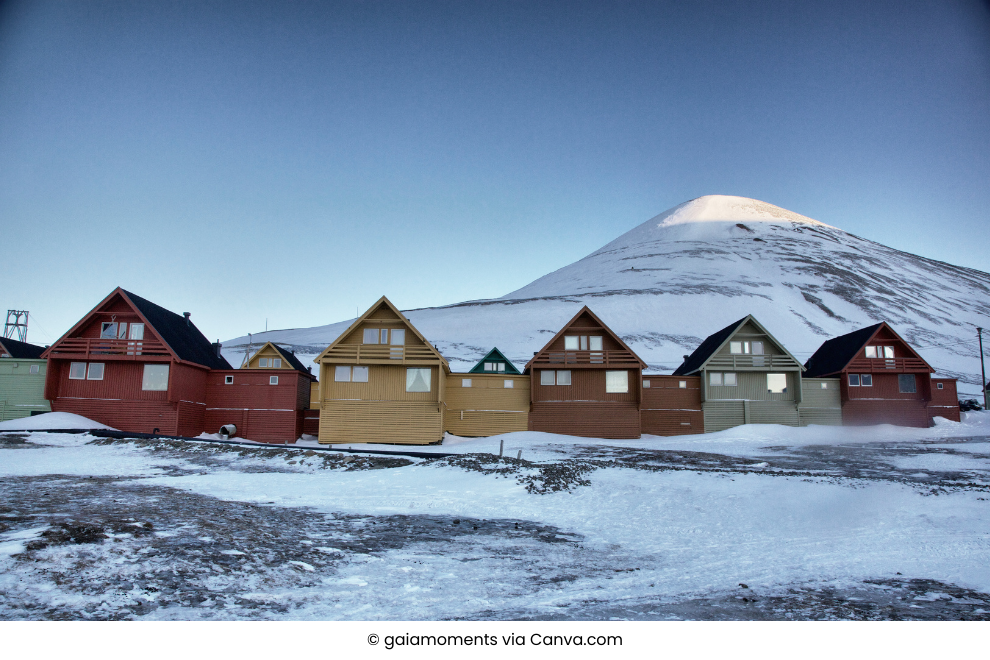
Understanding and appreciating their traditions and way of life. Support local businesses and artisans to contribute positively to the region's economy.
5. Opt for guided tours by licensed operators
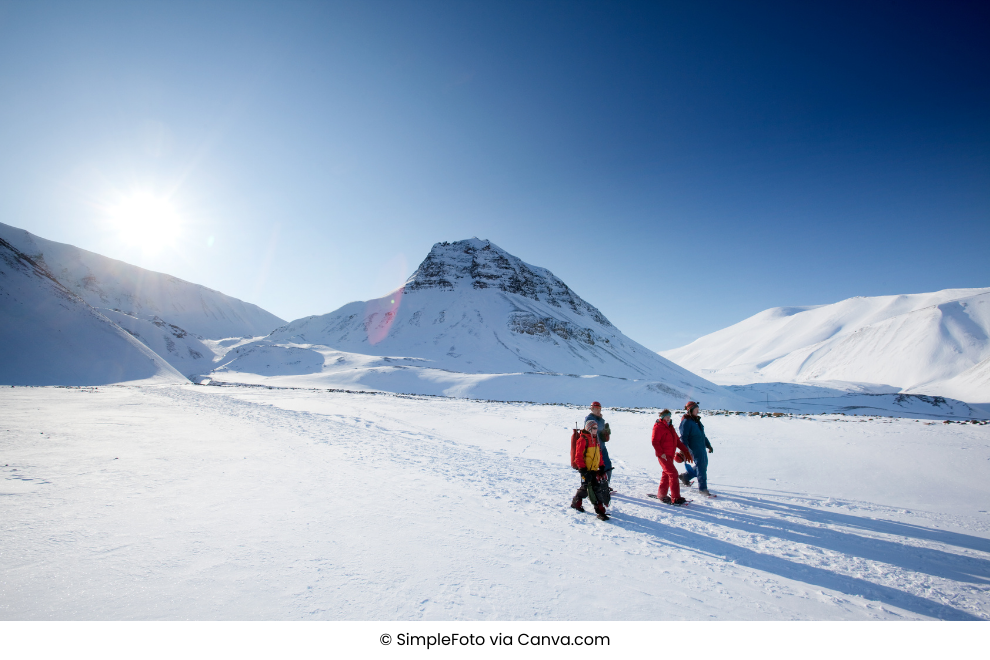
Who adhere to sustainable practices and follow governmental regulations. These tours often prioritise conservation and provide valuable insights while ensuring minimal environmental disturbance.
6. Lastly, government policies mandate that visitors report wildlife sightings and adhere to strict rules to minimise human impact on the fragile ecosystem.

Moreover, supporting local businesses and respecting the region's indigenous culture are essential aspects of responsible tourism. Ultimately, travellers should prioritise leaving no trace, embracing the unique environment with a mindset of conservation and admiration.
One central point to remember is that there are no polar bear “safaris” in Svalbard or anywhere in the world. Polar bears are the kings of the animal kingdom here, and like kings, they roam where they please. So, how do you see them? Simply put, the more time you spend in Svalbard, the more chances you have of a sighting. Organised tours are the best way to go about it because they will keep you safe and through their expertise will offer the best chances of spotting one. See you in Svalbard!
Ready to embark on your next adventure? Fill out the form below and let our experts curate your dream getaway!
All Fields are mandatory*-
Related Tours
-
Recent Blogs
-
